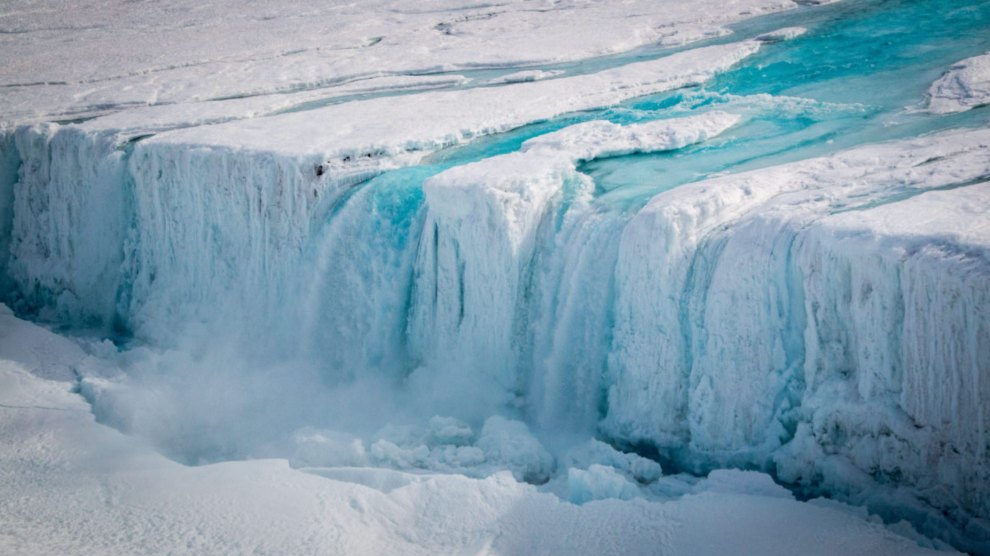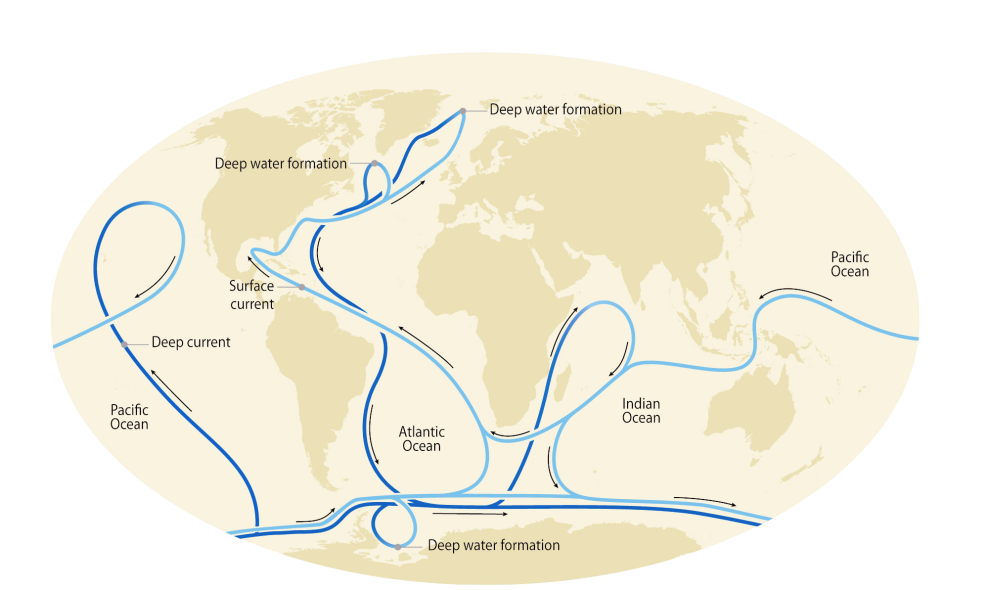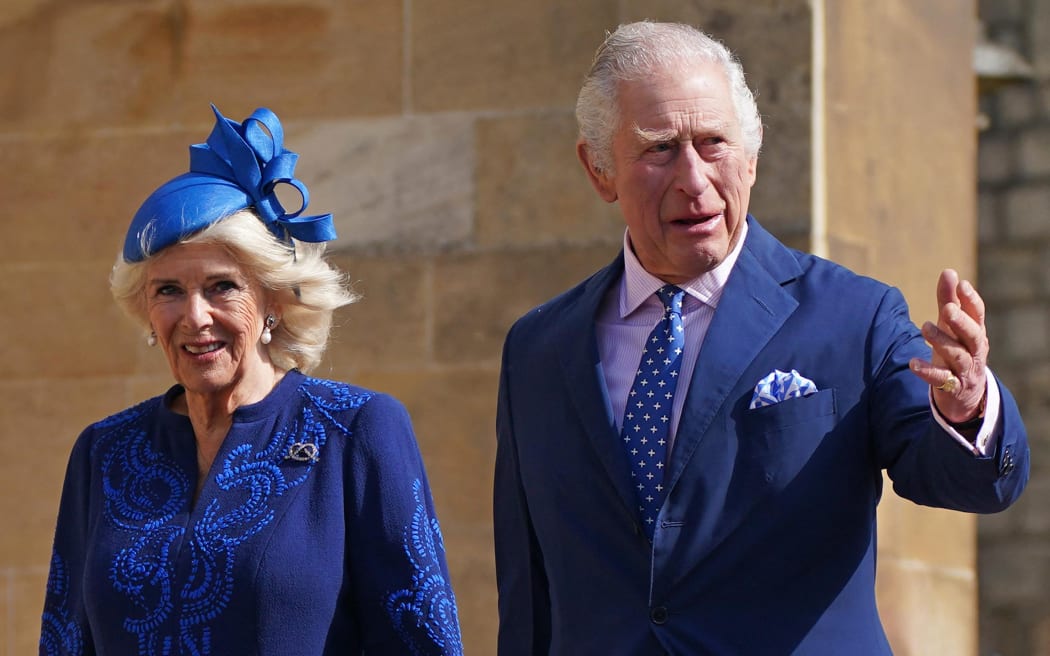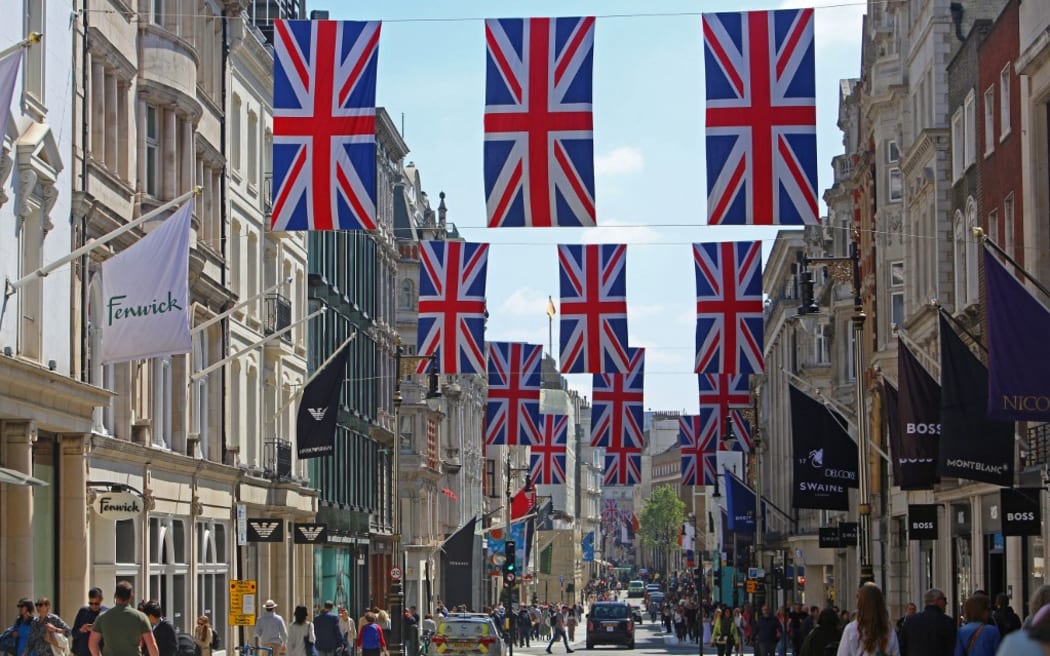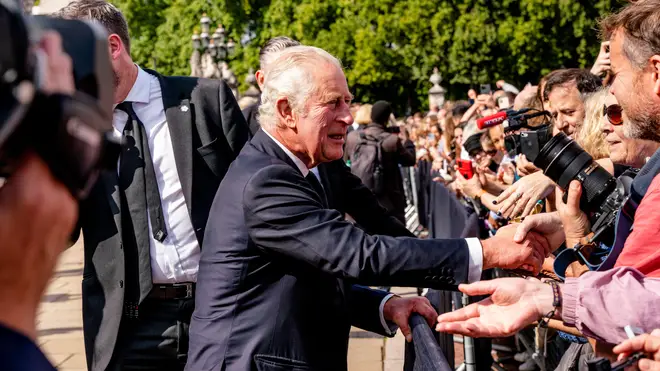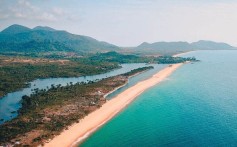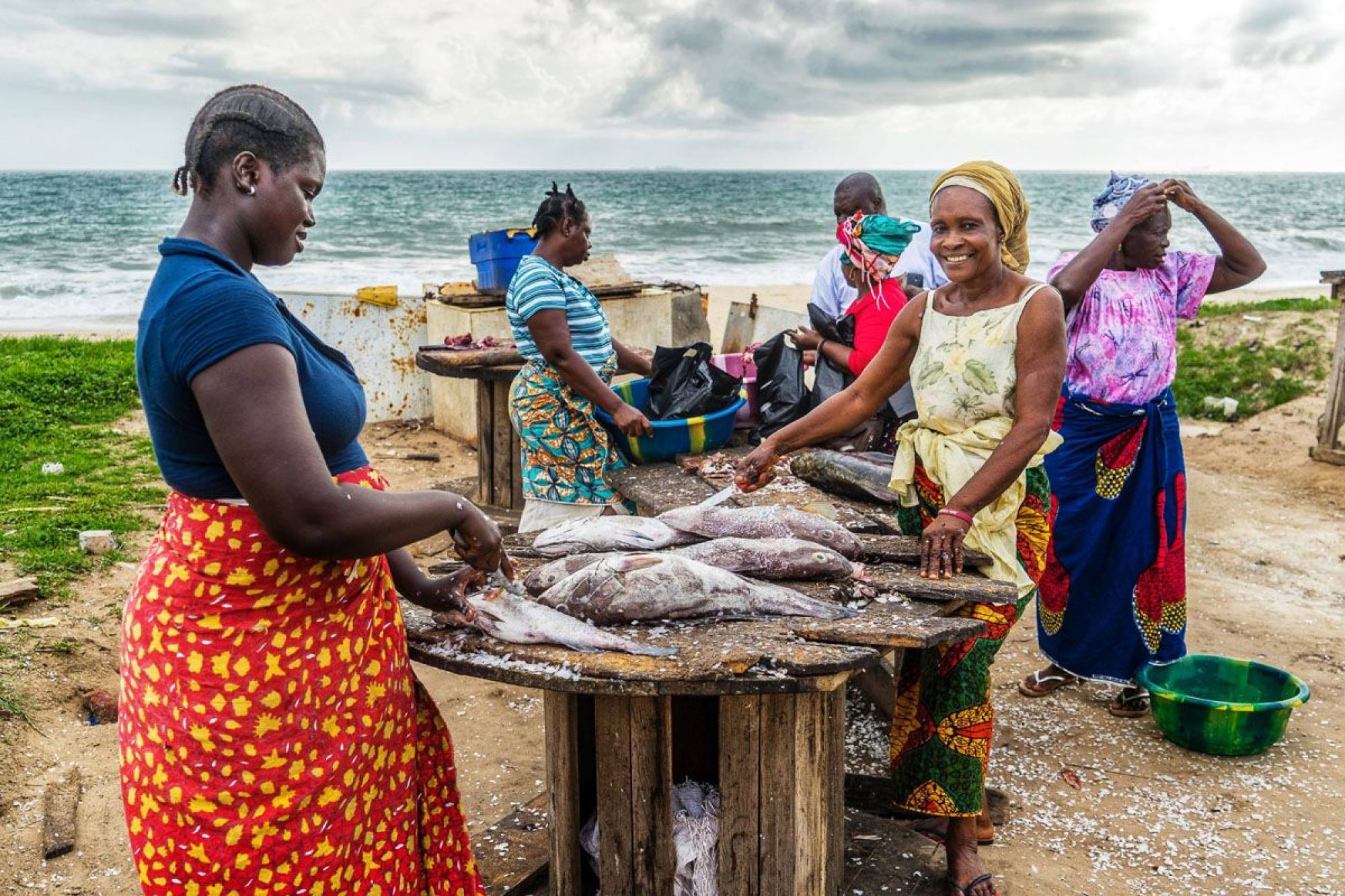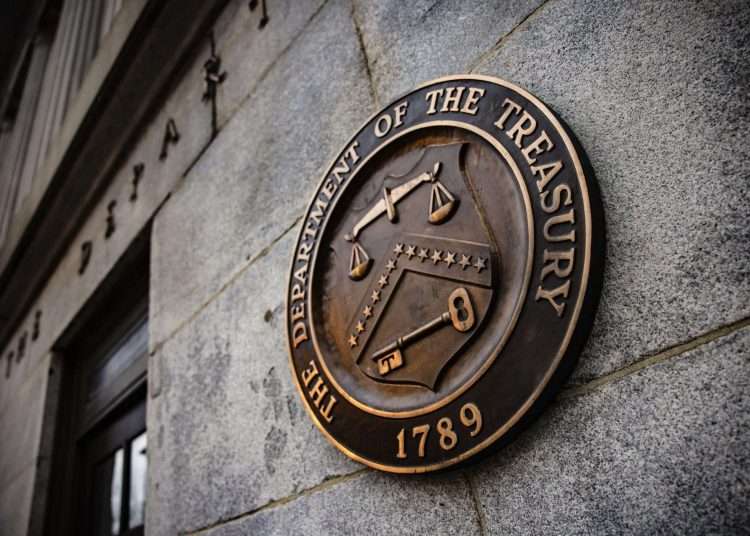Sen. Bernie Sanders (I-Vt.) on Sunday said President Biden, who kicked off his reelection campaign last week, could “win in a landslide” in 2024.
Sanders, who ran against Biden in the 2020 race, said it’s “no great secret” that he and the president “have strong differences of opinion,” but stressed that he thinks Biden is the clear choice for voters given the current political backdrop.
“We live in a nation where you have a major political party, the Republican Party, where many- not all, but many of their leadership doesn’t even believe in democracy, they maintain the myth that Trump won the last election. They’re trying to keep people from voting. They’re trying to deny women the right to control their own bodies,” Sanders said on CNN’s “State of the Union.”
“If you believe in democracy, you want to see more people vote, not fewer people vote, I think the choice is pretty clear. And that choice is Biden,” he said.
And if Democrats and the president get stronger on working-class issues and “take on the greed of the insurance companies, drug companies, Wall Street, all the big money interests, and start delivering for working class people,” Sanders said, “I think Biden is going to win in a landslide.”
Biden kicked off his much-anticipated 2024 reelection bid last week.
Sanders on Sunday also waved off concerns about Biden’s age as the campaign . At 81, the Vermont senator is a year older than the president, who would be 86 by the end of his second term if he wins another four years in the White House.
“Well, I think when you look at a candidate you consider a lot. I think age is one thing, I think experience is another thing, I think your record that you have established is another thing,” Sanders said, when asked if 2024 voters should factor in Biden’s age.
“But to my mind … when you put it all together, what you have to look at is: What does the candidate stand for? Which side are they on?” Sanders asked.

Most high-profile progressives in Congress say they’ll support President Biden’s reelection bid, even though some are critical of his policy agenda.
Since announcing his 2024 campaign on Tuesday, Biden has racked up endorsements from many prominent members of the left, including the progressive standard-bearer, Sen. Bernie Sanders (I-Vt.); Rep. Pramila Jayapal (D-Wash.), the head of the Congressional Progressive Caucus; and Squad members Reps. Ilhan Omar (D-Minn.) and Greg Casar (D-Texas).
While many in the progressive wing are lining up behind the president, they’re not necessarily making a show of full-throated support. Rep. Alexandria Ocasio-Cortez (D-N.Y.), one of the most visible liberals on Capitol Hill, told a reporter she “unequivocally” supports the party’s nominees, while also acknowledging the differences she and Biden share.
“It didn’t necessarily feel like a big launch,” Jayapal told The Hill on Thursday.
“Hopefully we’ll have a chance to have much bigger opportunities to launch kind of a vision of what we need to do next. I think people can run on what they’ve done.”
While Democrats emphasize they will do whatever is necessary to beat former President Trump as it becomes increasingly possible he’ll lead the GOP ticket, the cautious response underscores some of the divisions within the Democratic Party that could become more apparent as the presidential election heats up.
“His disregard — and even, at times, evident contempt — for the base of his own party … could lead to the kind of dampened Democratic voter enthusiasm that allowed Trump to win in November 2016,” one prominent progressive activist warned.
The similarities to the last election cycle are striking. Biden chose the same day, April 25, to launch his 2024 campaign as he did during the 2020 election. And like the last time, progressives were skeptical about the direction in which he could take the country, arguing he wasn’t expansive enough on the issues they cared about most.
Biden, alongside senior White House officials and allies outside of government, worked to ease that skepticism. The president and several of his closest advisers have prioritized progressivism throughout his first term, recognizing both the popularity of many populist economic policies and the importance of maintaining a diverse supporter base.
Sanders, who was leading the charge for a more liberal Biden administration, put to rest any fears from moderates that he’d run himself by stating this week that he supported the president’s reelection bid.
That stamp of approval carried a lot of weight. To many establishment Democrats, Sanders became a nuisance to Hillary Clinton’s 2016 effort after he dragged his feet in offering his endorsement when she became the presumptive nominee. In 2020, Sanders hung on for a bit after the South Carolina primary sent Biden on the path to nomination, but even then eventually threw his support behind his longtime friend.
“The last thing this country needs is a Donald Trump or some other right-wing demagogue who is going to try to undermine American democracy or take away a woman’s right to choose, or not address the crisis of gun violence, or racism, sexism or homophobia,” Sanders told The Associated Press earlier this week. “So, I’m in to do what I can to make sure that the president is reelected.”
Some of Sanders’s biggest allies in Congress, including Jayapal and his former national campaign co-chair Rep. Ro Khanna (D-Calif.), have given the incumbent president a resounding nod for 2024. Casar and Rep. Delia Ramirez (D-Ill.), newly-minted members of the Squad, also said they’re behind him, putting newer and younger members of the Progressive Caucus in Biden’s corner.
Ramirez told The Hill she’s looking forward to working with Biden on executive actions, especially with the House under GOP control.
“While legislative action in the minority in the House has proven to be nearly impossible, I welcome any opportunities to work with the Biden Administration to identify ways to provide the relief and action necessary for working families through administrative and executive actions,” Ramirez said. “It’s a critical lever to keep delivering and to show people that our president is committed to using every available tool to uplift working folks even while Republicans actively try to sabotage our livelihoods and democracy.”
Sen. Elizabeth Warren (D-Mass.), meanwhile, said she’s “delighted” about his decision, emphasizing that “he’s got a strong record to run on and a great vision for what he still wants to get done.”
Like Sanders, Warren ran against Biden for the nomination in 2020 before getting behind his bid as it became clear that he was the party’s choice.
“I’m in all the way,” she told The Hill.
As support trickled in throughout the week, the actual campaign kickoff, which prioritized broader values like protecting American democracy, left some to be desired among liberals hungry to hear more about their priorities.
“Some of the toughest issues, whether it’s immigration or public safety or Willow is kind of a big one … I don’t I don’t think we should be surprised that maybe there’s not 100 percent,” Jayapl said.
That frustration among some on the left comes after some of Biden’s policy decisions have irked progressives. Throughout much of the spring, the president made moves to the middle, including signing a crime bill in D.C. greenlit by Republicans and announcing the Willow Project, an expensive drilling plan. He was also reportedly considering reinstating migrant detention centers.
There are still some lingering wounds for progressives on those matters, and more work needs to be done to repair the relationship built over four years of mural courtship and compromise.
“Biden’s recent policy decisions seem calculated to appeal to the relatively small number of disaffected Republicans, while undermining enthusiasm from large numbers of grassroots Democrats, particularly young voters,” said the progressive activist. “Democratic leaders seem to believe that victory in 2024 will be assured by the extremism of the Republican Party. Many of them mistakenly believed that in 2016.”
Still, many progressives within Congress see the merits of Biden’s calculations.
“I think that people are looking at the incredible accomplishments, particularly the investments in climate change and equity, racial justice, and seeing that this is night and day from what anyone else has been able to do,” Jayapal said.
Beyond policy, there’s also the practical nature of running a national campaign, where funding plays a big role against the well-heeled GOP.
“To be honest, Dem moderates control a lot of where the money goes,” said one Democratic strategist who has worked for multiple high profile presidential aspirants.
Biden does seem to acknowledge that he needs to keep the left happy. The size of the voting bloc matters to his general election showing, and a flippant response to their concerns can leave the door open for a more liberal Democrat to launch a primary challenge.
“If Biden loses the extreme side of the progressive wing, which is smaller than people think, [people] will say, ‘we told you so,’” the Democratic strategist said. “It will open the [party] up to the emergence of a Bernie-type candidate.”



.jpg)


